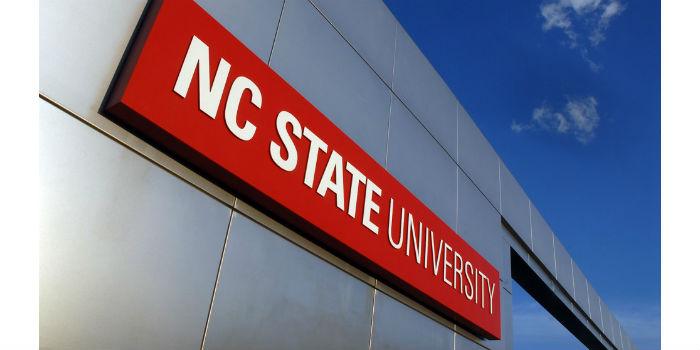 United States. A research team at North Carolina State University says that bio-based additives based on glutaric acid or lignin can dramatically increase the hardness of polyvinyl alcohol fibers.
United States. A research team at North Carolina State University says that bio-based additives based on glutaric acid or lignin can dramatically increase the hardness of polyvinyl alcohol fibers.
As a new anti-plasticizer, the additive can almost triple the tensile strength of the resin and double its modulus, and PVA's improved fibers can find uses in bio-friendly products such as fibers and polymers, detergents, paints and diapers.
Currently, glucaric acid is often used as an ingredient in nutraceutical supplements. Lignin, an aromatic organic polymer, is a residual by-product of the pulp and paper industry.
Biotechnology company Kalion Inc. of Milton, Mass., provided glucarate acid salts for the university's research. Kalion obtained the compound through its partnership with the bioexpression and fermentation facility at the University of Georgia in Athens, Georgia.
North Carolina State University researchers Ericka Ford and Chunhong Lu demonstrated that glucaric acid salts can antiplasticize the gel yarn of PVA fibers, improving the melting point of the material, processing conditions, and structural and mechanical properties.
Ford had the original idea in early 2017. He said via email: "The team uses the gel spinning technique to form fibres from polymers that can be extended to high proportions. Our team is always looking for ways to improve fiber tracing through chemical processes that don't compromise fiber strength."
"At low weight percentages, glucaric acid appeared to be a plausible additive for spinning PVA fibers due to its hydroxyl groups. Their chemistry was also believed to be involved in strong hydrogen bonds with stretched matrix polymers without hindering the crystallization of PVA," Ford added.
Grants from the Nonwovens Institute and the National Science Foundation supported the research.
The process
Kalion's fermentation process produces high-purity, low-cost glucaric acid for new applications and differs from the historical approach involving nitric acid oxidation of sugar, said Darcy Prather, president. "We expect to have commercial-scale production by early 2019," in collaboration with the Georgia facility.
He said the anti-plasticizer can result in "a 10-fold improvement in toughness at low levels of Kevlar," a synthetic para-aramid fiber, and can improve processability and mechanical performance. "Most plasticizers don't improve mechanical performance."

























Leave your comment